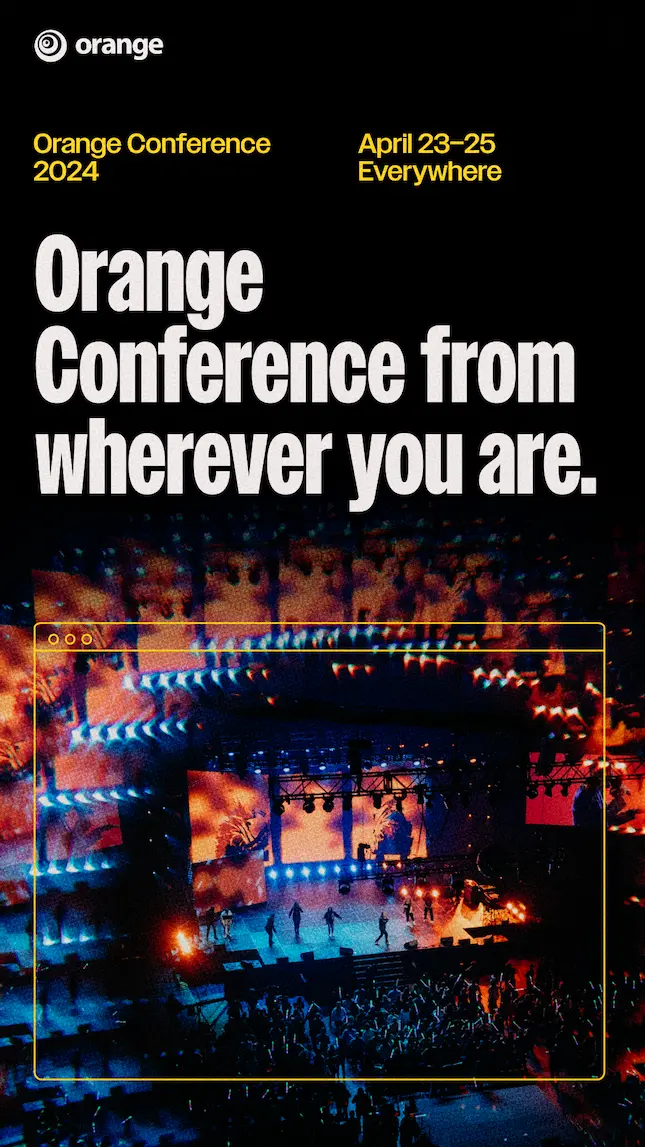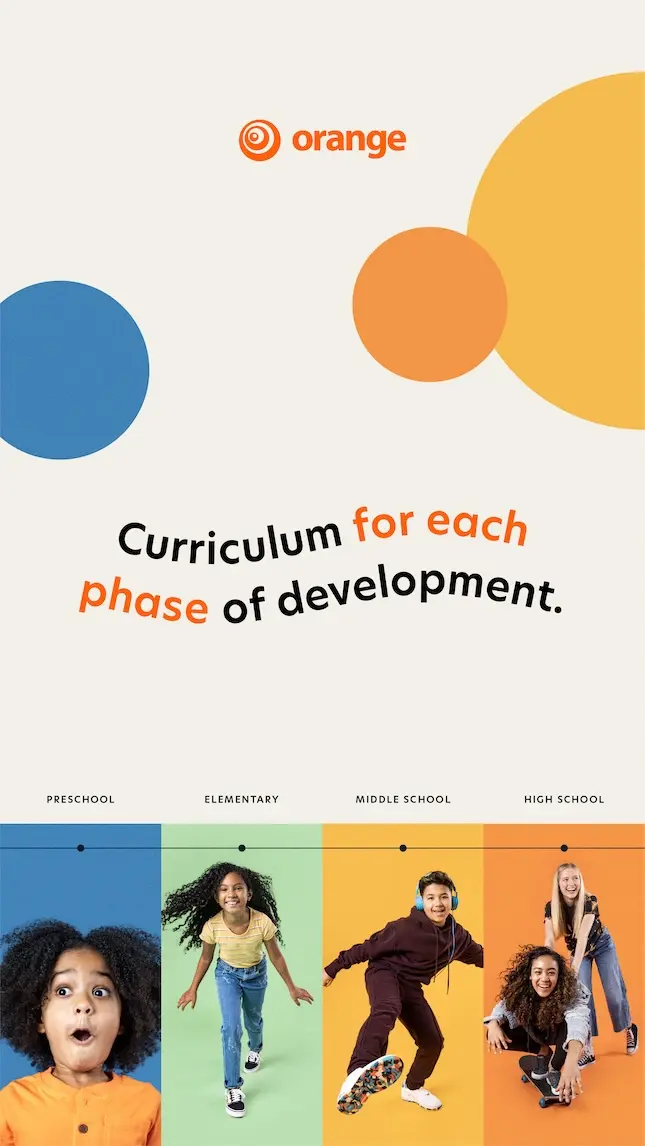I learned most of my important lessons about the world from TV. Shows like Happy Days informed me on the subtle nuances of “cool” thanks to the Fonz. Old reruns of My Three Sons, Leave It to Beaver, and The Andy Griffith Show showed me how, even when you get into mischievous trouble, your family is always there to accept you. Even Punky Brewster and Different Strokes showed that even if you’re adopted there’s still a place where you belong. These shows taught me many lessons through 30 minutes of situational television gold. One of the things that I probably didn’t realize these shows taught me was the structure of the family. One of the reasons I liked these shows was because their families looked a lot like my family. This commonly was a make-up of a mom and a dad and some kids. The technical term was nuclear family. At that young age—through my education from television—I didn’t think there was anything other than the nuclear family. It wasn’t until much later that I experienced friends who grew up very differently than me.
There was an often-quoted statistic that I grew up hearing about the average family being made up of mom, dad, and 2.4 kids. The joke was that since I was the oldest, and my brother came second, that made my sister the .4. It’s not that every family had the nuclear makeup of mom, dad and kids. It’s just that other makeups were less frequent and, in some cases, less focused on. Even The Brady Bunch that came from two different families blending together ended up having a family structure of mom, dad and kids.
Through the influx of access to information, making our world much smaller, and our desire for realism in both television and film, most of us know that there are many types of families. Besides what we would call the “traditional” structure of mom, dad, and kids there are also kids raised by single moms or dads, kids raised from family members like grandparents or aunts and uncles, foster parents, and blended families, just to name a few. We’re probably all aware of that, but often the terms we use, the structure of our programs, and our general mindset don’t reflect the new normal in family structure. Oftentimes our children’s programming may be modern, but our terminology still reflects those shows from the 60s and 70s.
So, in the interest of inclusion in helping everyone feel like they belong in the church (because that’s the main place you should feel a sense of belonging), here are just a few areas to be aware of when working with a myriad of family structures in your church.
The language we use
The very nature of children’s ministry is helping kids absorb very abstract concepts like love, faith and virtue. The best way to do that is to create an environment where kids feel safe and cared for so they can process at their own pace. Helping translate things into their settings and into situations they understand is a great way to do this. Unfortunately, when all of these scenarios of love and virtue are translated into a traditional family framework alone, we limit the ability for everyone to connect. A simple way to be more inclusive, while not being so specific as to have 20 different descriptions, is to replace the words mom and dad with caregiver. Caregiver is descriptive in a very important way without designating who the caregiver is. This can be grandmother or aunt or mom or dad or even legal guardian. It’s a very simple shift that can make a huge difference in helping all kids feel a sense of belonging.
The constraints that block participation
Although much of children’s programming happens on Sunday, more and more churches are trying to be holistic in their approach to being a community to families. Community happens as we do life together, not just on Sunday. So as we’re looking at reaching out to today’s families in all their forms, we need to be aware of the things that can hinder participation.
Childcare
Childcare is one of the hardest things for single parents, especially if they have more than one child. It is certainly reasonable to expect people to find childcare rather than the church always providing it. However, this can be a great resource to today’s families when the church in some way is able to provide childcare. Many churches have started doing this when dealing with small groups. A few of the resources are reimbursing families in groups for childcare at a certain rate, having childcare provided centrally at an event, or having a list of discounted childcare providers that families can pull from. Although this could be very costly, it’s something that can make the biggest impact on allowing families and kids to be present and to participate.
Time constraints
This can be taken care of as simply as getting routine surveys from the actual people you’re serving to see the most convenient times to meet. The old models of when people are most available are not necessarily out of date but they may not be as inclusive as they need to be. Lean in to your community specifically. Find out routinely when people are available and when they cannot be. This will help you reach out to today’s families in the best way possible.
Support
All families need support and community. For many families this comes through meeting other families at sports events that the kids are involved in or through school. However, because of the time constraints of many single parent families or families made up of older generations like grandparents this isn’t necessarily an avenue they find easy to access. It’s very important to figure out ways for these families to connect with others in order to have a sense of support and community. Support is important for everyone, but especially when the resources may not be quite the same. When setting up programs and events that provide community and support it should never be a choice between the program or the child’s development. Both are important. Helping arrange programs and groups outside of the box helps families whose structure may be outside the box find the community and support they need. One of the best possible things you can do is meet around a circle with several families who have different structures and ask them directly what would help them access community.
Our own personal judgment
With someone who doesn’t come from a traditional family structure there is a tendency to believe that they’re underprivileged or working from a deficit. This simply isn’t true. There’s no evidence to suggest that simply coming from a different family structure alone hinders the child. Community, of course, matters. That community, however, can come from a lot of different sources. When we automatically judge these alternate forms of family structure, we’re the ones that are putting them behind the curve. Don’t judge, don’t assume, and be part of that community whenever possible.
There are so many other hidden obstacles that can hinder a very noble attempt at helping everyone that comes through the door. There’s no way we can be aware of everything. Being intentional about thinking through the language used, the format of the programs, and making sure we’re getting feedback from the people that we’re trying to serve in the first place will at least help bring support and community to our families no matter what their makeup.
Read more on this topic:
https://orangeblogs.org/orangeleaders/2015/10/20/the-new-frontier-of-family-ministry/



